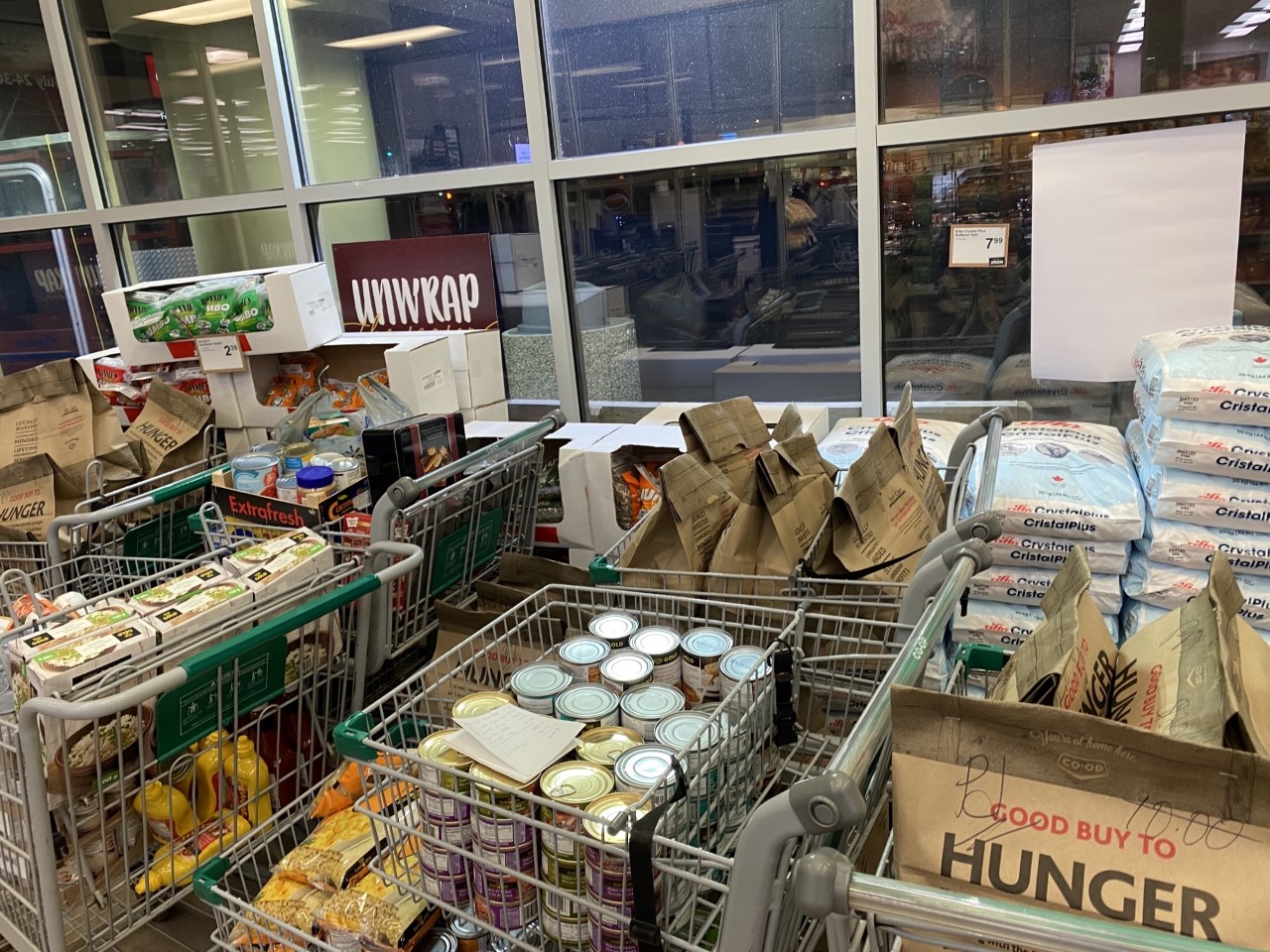As the heat beats down on the southeast, many will be going for cold treats like ice cream but may find prices raised. That's similarly reported for other foods, as the most recent Consumer Price Index numbers from Statistics Canada showed a 3.17 per cent increase year-over-year in food prices.
Sylvain Charlebois, an Agri-Food Professor at Dalhousie University, talks about some of the factors influencing some of the cool treats this summer.
"Ice cream prices have actually gone way up this year, with soft ice cream, not hard ice cream, but soft ice cream prices have actually gone way up. So, if you go to an ice cream parlour, we did notice price increases there this summer. People don't care, demand is quite elastic, they couldn't care less. When they go out for ice cream, they don't really look at price, but soft ice cream has gone up, but hard ice cream is basically priced the same as last year."
Charlebois says the difference between the costs of hard and soft ice cream is a good representation of a food's changing costs according to labour.
"I think it really boils down to seasonality, it boils down to service, labour, those types of things, because when you actually get an ice cream cone, ice cream doesn't represent a big portion of the cost, that's why. But when it comes to hard ice cream, that you buy in a retail store, well, the price of dairy really hasn't gone up as much in the last year or so, so that hasn't been a factor, and that's the main input there."
As a whole, Charlebois was also alarmed by July's inflation numbers for food, with the main contributing factor being tariffs.
"Food inflation is up again. I actually predicted it a month ago. I knew that given our trade policies and focus on Canada tariffs, I knew that given very tight margins in the grocery space, I knew that food inflation would eventually go up, and that's exactly what happened."
"Now we're at 3.4%, and the gap between inflation and food inflation is now up to 1.6%. That's a dangerous place to be because most people, when we see that kind of a gap, typically, people are starting to notice higher food prices at the grocery store, and they start blaming grocers as a result."
Charlebois explains that food prices are a bit more complex than being blamable on a single store.
"People don't understand the black box that is the food industry, there's a lot of things going on there, costs do go up, tariffs will impact food affordability, but people will always point to the easiest thing to do is to point fingers at companies that they believe are gouging consumers, and that's always incredibly misguided."
Some of the items most impacted by the tariffs include prepackaged items such as pantry and dry goods, along with fruits.
Beef is also uniquely positioned for food inflation, as Charlebois says he's seen imports rise over the summer.
"Now, meat is not overly exposed, obviously, to tariffs. Something else is happening there, of course, with beef. People are basically converting to chicken or pork, but we're also seeing more products being imported from abroad. I don't know about Saskatchewan or Alberta, but in central Canada and even in eastern Canada, we're seeing more beef coming from Mexico and Australia. Because, honestly, grocers want to sell products that are reasonably priced, still, because the meat counter represents a big chunk of their business."
Chalrebois says that Saskatchewan is currently in a good place for food inflation, marking the lowest increase in the country.
